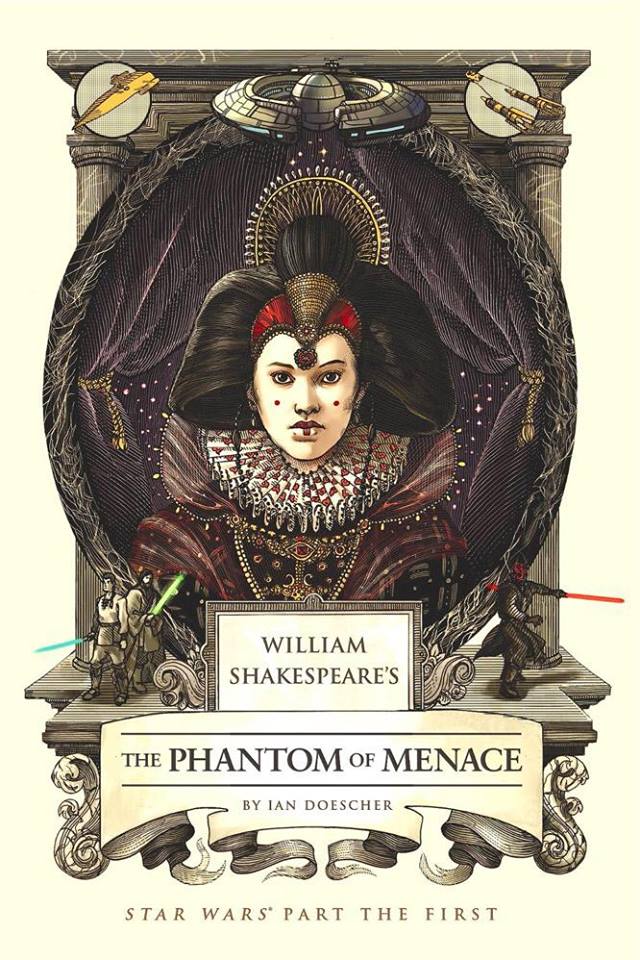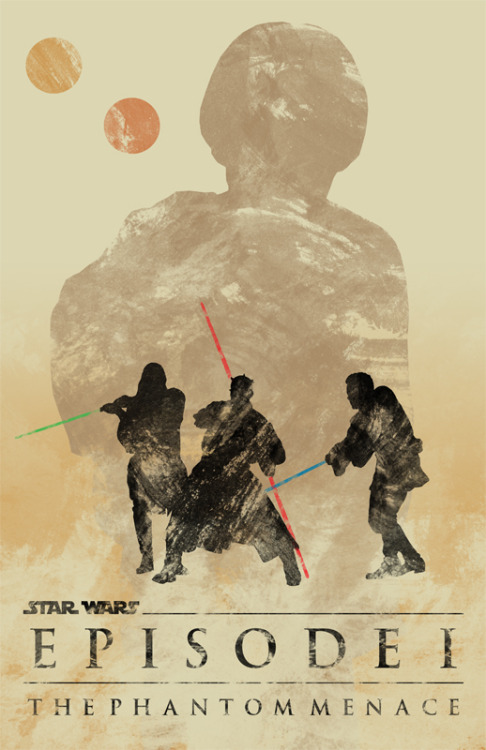Here are a bunch of little bites to satisfy your hunger for Star Wars movie culture:
We’re counting down the days to the release of Star Wars: The Force Awakens by devoting a week’s worth of movie culture roundups to the seven live-action installments of the Star Wars Saga, continuing today with the fourth installment (first episode), The Phantom Menace, and further in release order through next Thursday.
See More Star Wars Movie Culture:
Star Wars: Episode IV – A New Hope
Star Wars: Episode V – The Empire Strikes Back
Star Wars: Episode VI – Return of the Jedi
Classic Trailer of the Day:
We got our first look at the first new Star Wars movie in 16 years on November 18, 1998. That’s when the original trailer for The Phantom Menace arrived in theaters attached to Meet Joe Black and other releases. Watch that trailer below.
[embedded content]
Honest Trailer of the Day:
More than a decade later, The Phantom Menace was re-released in 3D, and Screen Junkies used the opportunity to give the prequel an Honest Trailer. This was before they had the epic trailer voice guy so, appropriately, it’s not as good as later episode, either.
[embedded content]
Alternative Poster of the Day:
Artist Travis English has done a lot of stylish yet minimalist poster designs for The Phantom Menace, including the one below. See others, including character posters here.
Movie Defense of the Day:
Not everyone hates The Phantom Menace, not entirely. Here is a fair list of everything good in the first prequel:
[embedded content]
Cosplay of the Day:
If you want to see a lot more people who don’t hate The Phantom Menace, just go to any fan convention and you’ll find a good amount of Darth Maul cosplay. Here’s one example with another guy dressed as Qui-Gon Jinn:

Fan Theory of the Day:
One of the craziest fan theories of all time is a recent one arguing that Jar Jar Binks was a Sith Lord. This is one video explaining the idea in depth:
[embedded content]
Vintage Image of the Day:
Ahmed Best doing stand-in performance for his character, Jar-Jar Binks, meeting Jake Lloyd as young Anakin Skywalker in front of a blue screen with actual set to be filled in later.
.jpg)
Music Video of the Day:
The lyrics of “Weird Al” Yankovic‘s “The Saga Begins” serves as both a parody and recap of The Phantom Menace, set to the tune of Don McLean’s “American Pie.” Watch the video, in which Yankovic sports some Jedi cosplay, below.
[embedded content]
Movie Adaptation of the Day:
The best way to appreciate and become a fan of The Phantom Menace is to pretend it was written by William Shakespeare. Below is the cover to the ingeniuous mashup/adaptation. Watch author Ian Doescher discuss the series at New York Comic-Con here.

Alternate Endings of the Day:
Those of you who dislike The Phantom Menace might have preferred the prequel if it was much shorter. Here are a few ways it could have ended earlier:
[embedded content]
and
This entry passed through the Full-Text RSS service – if this is your content and you’re reading it on someone else’s site, please read the FAQ at fivefilters.org/content-only/faq.php#publishers.







.jpg)
